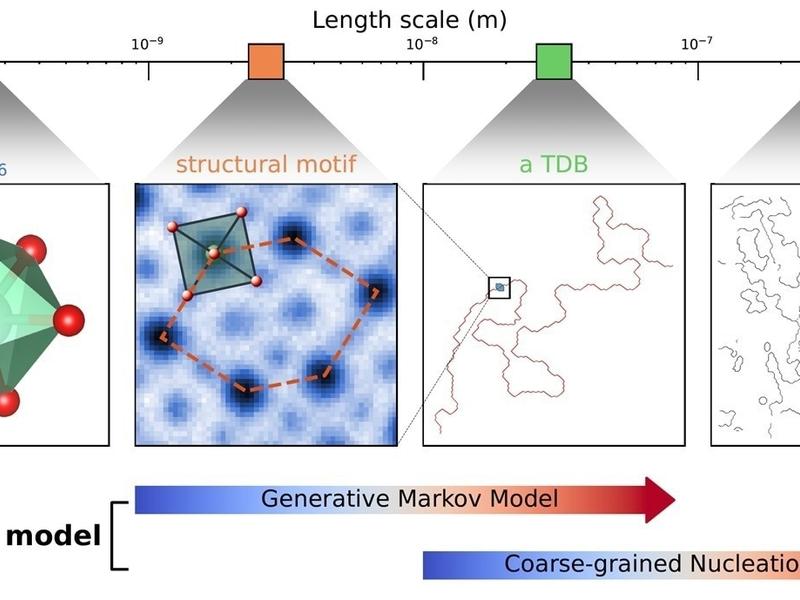Researchers at the National University of Singapore (NUS) have used generative machine learning models to investigate the various ways in which mismatches can occur between atoms in adjacent crystals of piezoelectric materials. This discovery reveals how disorder develops in these types of materials. The research team developed a generative machine learning model that covered three orders of magnitude in length scales, enabling the statistical characteristics of the material to be studied beyond the boundaries of practical measurement. They discovered that a surprisingly small set of simple probabilistic rules could capture the experimentally observed structural disorder along the domain boundaries of potassium-sodium niobate piezoelectric films. These principles can be broken down into two subsets: random nuclei and Markov chains.

